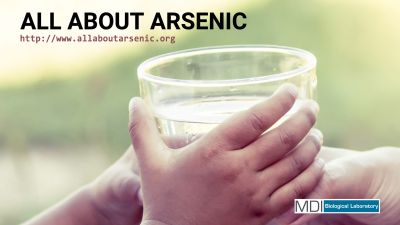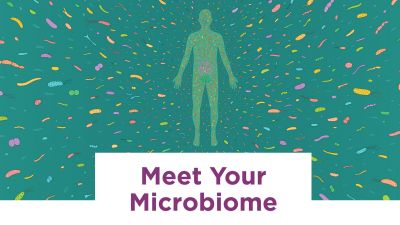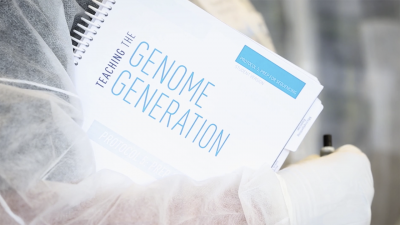Teachers and Students for Community-Oriented Research and Education: Linking Industry Partners, Faculty, and Teachers (TSCORE LIFT)
Project Website(s)
-
Project Description
The TSCORE LIFT program (Teachers and Students for Community Oriented Research and Education: Linking Industry, Faculty, and Teachers) will create a community partnership among five Kansas health systems, five Kansas universities, and five Kansas school districts (Hays, Topeka, Wichita, Lawrence, and Kansas City) to develop and test a series of three educational interventions aimed at increasing underrepresented minority and rural student participation in the Kansas Health and Biosciences Career Pathway. The project will empower 25 teacher partners to deliver educational content and provide real-world experiences in the health care industry for 1,400 students in the state of Kansas. This novel health and biosciences program will create educational and workforce pathways for students underrepresented in the health care industry and address critical workforce shortages in the state.
-
Abstract
21st century changes in the healthcare sector have outpaced changes in science education. High school students who have the luxury of receiving high quality experiential education are least likely to be from racially, ethnically, or geographically diverse backgrounds. There is an urgent need to reach students least likely to be served with culturally responsive, localized science education partnerships, specifically minority and rural student populations. Without special programming, inequities in educational access will persist, and the healthcare sector will be ill-prepared for whom it is designed to serve. For the last five years, we have used an NIH Science Education Partnership Award (SEPA) to address this problem by focusing on teachers as agents of change. Our prior SEPA (2015-2020), Teachers and Students for Community-Oriented Research and Education (TSCORE), empowered teachers to engage urban high school students in Kansas through innovative teaching about health disparities and creation of model units. We found that teachers in underserved districts lacked the professional development, curricular materials and often depth of knowledge needed to implement culturally relevant, rigorous NGSS-aligned science curricula. Underserved school districts are less likely to partner with universities and industry to provide students with opportunities for experiential learning outside the classroom. And partnerships with industry are key to designing and implementing STEM educational experiences that meet the needs of a diverse population of students while preparing them for careers. With these premises in mind, our new project (2021-2026) will produce a continuum of educational interventions that are embedded within the existing structure of the state of Kansas Health and Bio Sciences Career Pathway. “TSCORE LIFT,” which Links Industry, Faculty, and Teachers in communities, will 1) Create community linkages among health system, university faculty, and public school teachers to offer a continuum of NGSS-aligned educational interventions across the state of Kansas Health and Bio Sciences Career Pathway. Each of five Kansas towns (Kansas City, Wichita, Topeka, Lawrence, and Hays) will have a local health system partner, a local K-INBRE university partner, and a public high school, who will work together to develop NGSS-aligned high school storylines for biology courses; a health science academy for career exploration; and a capstone course to provide work-based learning experiences that address local science and healthcare workforce needs. 2) We will empower teachers to work alongside health system and university partners to develop and implement a curricular continuum of NGSS-aligned localized science education programming through summer professional development that will mirror the rollout of the science programming; an end of grant Teacher Summit; and virtual network site to increase teachers’ connectivity, resource exchange, and enable the emergence of a critical mass of practitioners focused on increasing rigorous health science educational opportunities for underserved students.
-
Dissemination Strategies
Media engagement, policy/legislative engagement, program website/dissemination of materials developed; dissemination to school, hospital boards, presentation at SEPA conferences, INBRE conferences, peer-reviewed manuscripts, student video testimonials, newsletters for students and parents, social media engagement with intended audiences, CTE conference participation
Project Audience
High school teachers and students, university faculty working in the health and biosciences, health system partners looking to build the workforce
Subjects Addressed
Health careers, biology, lab sciences, nursing, medicine, public health, community-based research






